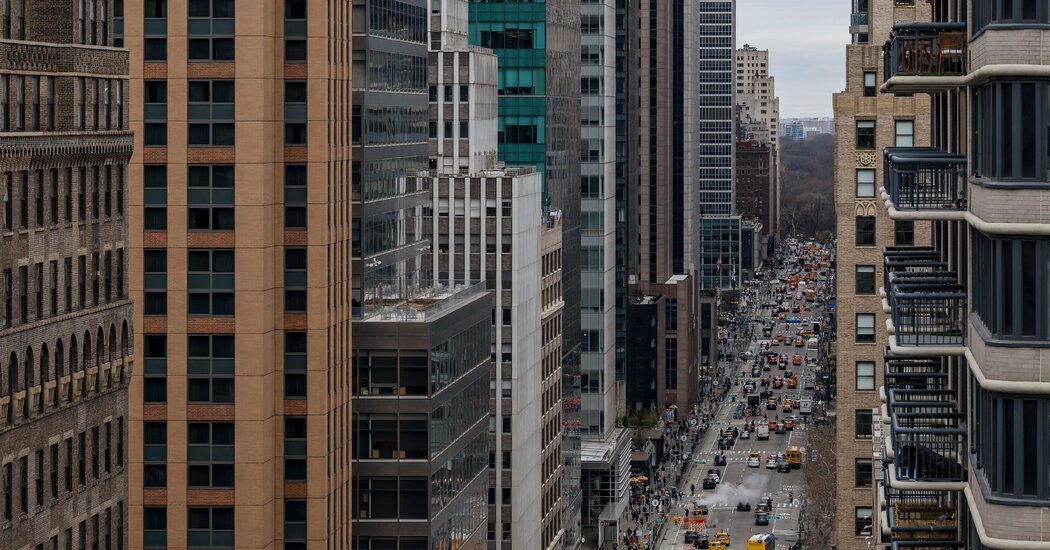Congestion Pricing: Why the French Revolution and the Champs-Lysées Missed a Lot in the First Half of the Revolution?
One of the two related assumptions is used by congestion pricing supporters. In New York City, a silent majority of car-free households are in agreement with the program’s goals of more mass transit and less traffic. Congestion pricing gains support from the outset as other cities that have actually implemented it discover.
One of the lesser-known acts of the French Revolution, in the days before the storming of the Bastille, was a series of attacks on the toll barriers at the boundaries of Paris. The customs houses were the target of angry people because of the octrion, a tax that was both an everyday burden and a symbol of oppression. Parisians celebrated the abolition of tolls on the Champs-lysées two years later. (One product that had just lost its heavy tax was wine.) King and queen were under house arrest by that time.
The Long-Term Future of the Metropolitan Transportation Authority’s Tolling Zone: Why the Toll System is Complex and Doesn’t Change Anywhere
The highest toll will be on weekends and weekdays from 9 a.m. to 9 p.m. To encourage more travel, the toll is 75 percent cheaper outside of those hours. Drivers of most passenger cars will be charged $9 once per day to enter the congestion zone at peak hours, and $2.25 at other times. During peak hours, bikers will pay $4.50 and off peak they’ll pay a little more.
Where will drivers be charged?Drivers of most cars entering the designated tolling zone, from 60th Street to the lower tip of Manhattan, will pay a fee. That area includes some of the city’s most famous destinations and neighborhoods, including the theater district, Times Square, Hell’s Kitchen, Chelsea and SoHo.
The toll program, long in the works, was halted by Gov. Kathy Hochul in June before an abrupt reversal cleared the way for it to start just after midnight on Sunday, a time the Metropolitan Transportation Authority said it had chosen to allow it to work out any kinks. The first real test will come Monday, with the start of the workweek.
Opponents in New Jersey and New York have also fought the tolls for more than a year through litigation that could stop the program even after it has begun. But federal judges have recently ruled against the plan’s opponents in several lawsuits.
Noel Hidalgo, a Brooklyn resident, was among the first drivers to enter the congestion zone, as toll supporters cheered and clapped from the curb at the corner of Lexington Avenue and 60th Street in Manhattan. A group of toll opponents gathered nearby voiced their displeasure and one of them tried to drown out the supporters with a cowbell.
Mr. Lieber said that officials did not expect traffic to change in New Yorkers and that real-time data showed traffic continuing as usual on Sunday. He said that everyone would have to adjust to this.
There were no reports of any major problems as the program got underway, but Janno Lieber, the chief executive of the transportation authority, cautioned at a midday news conference that the toll system was complicated, and only a few hours old.
Most states use an electronic toll collection system called the E-ZPass. The tolling zone’s entrances and exits have electronic detection points. The bill will be sent by mail to the registered owner of the vehicle if there is no E-ZPass.
The cost of entering Manhattan during peak hours is intended to bring some relief to the city. According to traffic-data analysis firm INRIX, New York had the worst traffic in the world in 2023: drivers lost 101 hours to traffic during peak commuting times.
Some hope the measure will help cut the number of deaths. More than 250 humans died in traffic accidents in New York City in the course of four years.
In busy cities like London, Singapore and Stockholm, the concept of public and alternative modes of transportation has proven effective in reducing traffic.
The New York City Plan: Why NYC’s Buses Are So Many They Don’t Want to Give Us Their Money, Not Theirs?
New York Gov. Kathy Hochul paused the plan six months ago, saying the original price of $15 a day was too much, before reintroducing it at the new reduced rate. Peak rates are predicted to rise to $12 and $15 by the year 2031 if the charge is a success.
The charge affects vehicles entering Manhattan between 60th Street and the Battery: covering busy areas including the theater district, Times Square, Hell’s Kitchen, Chelsea and SoHo. It was started on a Sunday in order to allow the Metropolitan Transportation Authority enough time to fix any kinks, during a day when traffic is quieter than usual.
There are different costs for different types of vehicles, and motorcyclists pay less than the drivers of larger trucks and tour buses.
There are some exemptions and discounts. Some people in the zone may be able to apply for a state tax credit if they want to use an authorized emergency vehicle. On top of that, low-income drivers can register for a 50% discount after their first 10 trips per month.
The plan has divided New Yorkers. Jessame Hannus told Gothamist that it’s important in this country, in this time and place, to think about the climate. Michael Alvarez hated the plan, according to others.
“I don’t think us New Yorkers, we deserve this,” he said. They’re not doing anything about it, so they make promises of safer subways. They are making us pay so much money for something. For nothing.”
